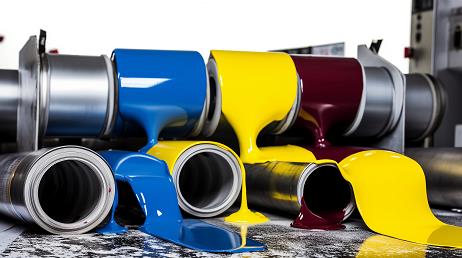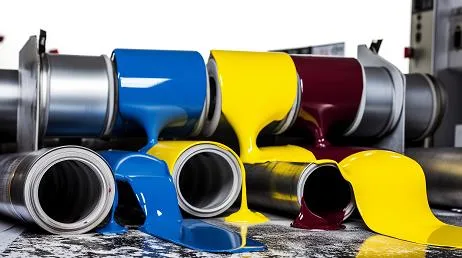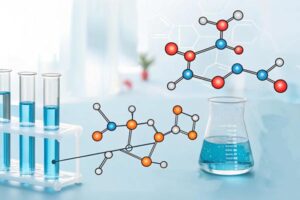Introduction: Water-based polyurethane ink is a revolutionary and eco-friendly alternative to traditional solvent-based inks, offering exceptional adhesion properties and vibrant colors. In this article, we will delve into the composition of water-based polyurethane ink, explore its versatile applications, and discuss effective methods to enhance its adhesion capabilities.

1. Understanding Water-Based Polyurethane Ink: Water-based polyurethane ink is a liquid ink used for printing and coating, where water serves as the primary dispersant instead of organic solvents. The ink’s formulation consists of key components that work together to create a durable and high-quality print.
2. Typical Composition: The typical formulation of water-based polyurethane ink includes the following components:
a. Polyurethane Resin: The main film-forming agent in the ink, polyurethane resin creates a robust and wear-resistant ink film that adheres well to various substrates.
b. Pigments: Pigments are responsible for providing the ink’s color. With a wide range of pigment options, the ink can achieve vibrant and vivid prints suitable for diverse applications.
c. Water and Dispersants: As the name suggests, water is the primary dispersion medium in the ink. Dispersants are added to ensure proper pigment dispersion and prevent settling.
d. Thickeners: Thickeners control the ink’s viscosity, ensuring optimal flow during printing and improving ink stability.
e. Crosslinking Agents: By introducing crosslinking agents, the ink can undergo a chemical reaction to form strong molecular bonds, enhancing adhesion and print longevity.
3. Improving Adhesion of Water-Based Polyurethane Ink: To enhance the ink’s adhesion capabilities, consider the following strategies:
a. Surface Preparation: Ensure that the printing substrate is clean, smooth, and suitable for adhesion. Surface treatment, such as degreasing and sanding, may be necessary to promote better adhesion.
b. Optimize Formulation: Fine-tune the ink’s formulation by adjusting the levels of crosslinking agents and other additives. This will improve the ink’s bonding properties with the substrate.
c. Application Conditions: Control the printing conditions, such as temperature and humidity, to ensure proper ink curing and adhesion to the substrate.
d. Testing and Quality Control: Conduct adhesion tests on various substrates to evaluate the ink’s performance. Implement stringent quality control measures to maintain consistent ink formulation and printing results.
Conclusion: Water-based polyurethane ink presents an environmentally friendly and high-performance solution for printing and coating applications. Its unique formulation, featuring polyurethane resins and crosslinking agents, ensures exceptional adhesion and durability. By optimizing the ink’s composition and implementing proper printing conditions, businesses can achieve outstanding print quality and lasting results on diverse substrates. Embrace the benefits of water-based polyurethane ink and propel your printing projects to new heights of excellence.
See more about crosslinking agents:
Characteristics of waterborne polycarbodiimide crosslinking agents







